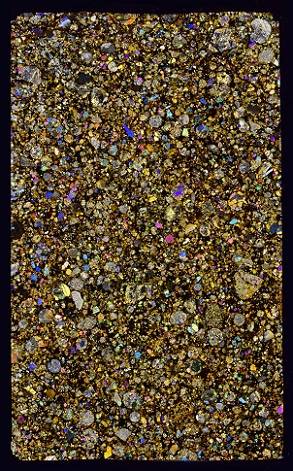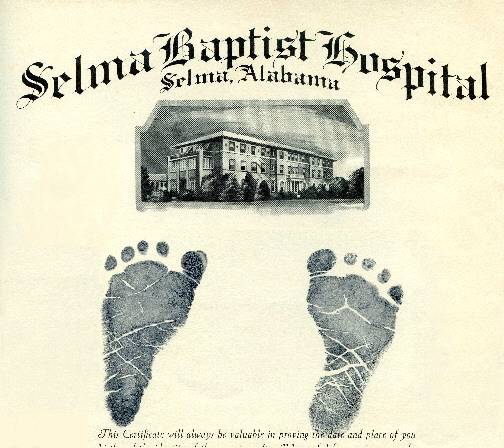Selma
H4
Found March 26, 1906
32° 24′ N., 87° 0′ W. A 310-pound, quadrangular, pyrimidal-shaped stone was found buried in a hayfield in Dallas County, Alabama, near the road to Summerfield; this location was about 2 miles NW of Selma. The significantly weathered meteoriteWork in progress. A solid natural object reaching a planet’s surface from interplanetary space. Solid portion of a meteoroid that survives its fall to Earth, or some other body. Meteorites are classified as stony meteorites, iron meteorites, and stony-iron meteorites. These groups are further divided according to their mineralogy and Click on Term to Read More measured 20.5 inches long by 20 inches wide by 13 inches thick. The finder, Mr. John W. Coleman of Selma, believed the meteorite might correspond to a bolideA very bright fireball that breaks apart in the atmosphere with a minimum brightness approximately equivalent to the full moon. Click on Term to Read More that was seen and heard by many witnesses on July 20, 1898 at around 9:00 P.M.. Mr. Coleman was quoted as saying they saw a ‘brilliant meteorHow long Sonic booms Of the several 10s of tons of cosmic material entering Earth's atmosphere each day, only about one ton reaches the surface. An object's chance of survival depends on its initial mass, speed and angle of entry, and friability (tendency to break up). Micrometeoroids radiate heat so Click on Term to Read More pass through the air leaving a trail of fire ten or twelve feet long’. The Selma meteorite was the largest known stony meteoriteMeteorite composed of silicate minerals, but that may have up to 25% Ni-Fe metal by weight. Stony meteorites are extremely heterogeneous as a group, ranging from samples of primordial matter that have remained more or less unchanged for the last 4.56 Ga (chondrites) to highly evolved younger rocks from differentiated in the U.S. for more than a decade.

click on image for a magnified view
Photo courtesy of Peter Marmet








